 |
| December 17, 2020 |
Dear Reader,
On December 21, Jupiter and Saturn will meet in a "great conjunction," the closest they could be seen in the sky together for nearly 800 years. Today's lead story explains why this celestial event is so special, and how you can see it for yourself in the days ahead. Our next piece examines what scientists have learned about the spread of COVID-19 during holidays—an important read for anyone thinking about traveling or gathering indoors in the next two weeks. We also have an article by Jane Lubchenco, former administrator of NOAA, on specific steps the Biden-Harris administration can take to restore the role of science in government. |
| | Sunya Bhutta, Senior Editor, Audience Engagement
@sunyaaa | |
 |
| |
| |
| |
| |
| |
| |
| |
| Biology How the Wolves Change the Forest New research tracked the canines in northern Minnesota for years to see just how they reshape their ecosystems. Audio of wolves inside Voyageurs National Park, courtesy of Jacob Job. |  | By Jason G. Goldman | 05:02 | | | |
| Public Health The Data on Coronavirus and Public Holidays With the festive season ahead, Nature examines what is known about the risks of COVID spread, and how researchers will spend their time off | | By Giorgia Guglielmi,Nature magazine | | | |
FROM THE STORE
 | | | |
| |
| |
LATEST ISSUES
 |
| |
| Questions? Comments?  | |
| Download the Scientific American App |
| |
| |









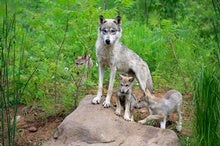

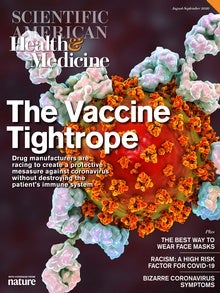



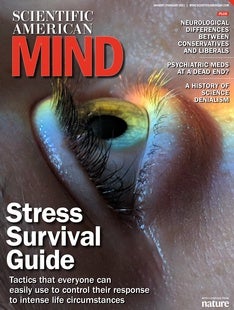

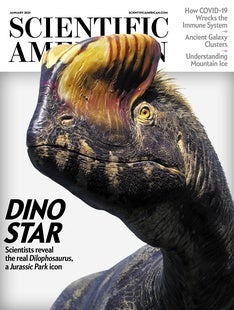
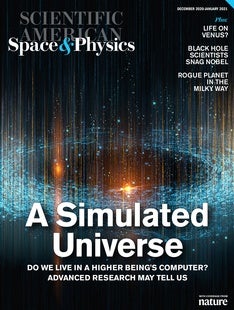
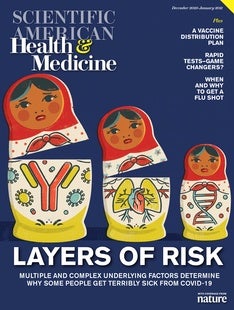



Comments
Post a Comment